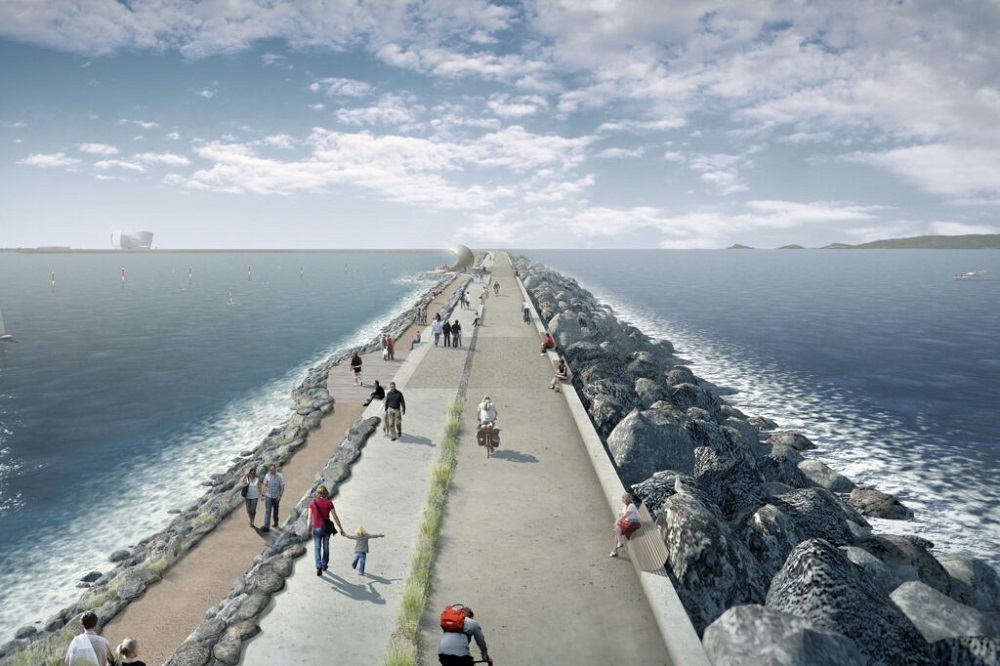
The environmental risks associated with fracking were ultimately too much for the British public to handle as the industry was effectively banned in the UK last year. But Bob Hide, co-founder and director at risk management consultancy Equib, argues the wider energy industry could learn a lot from the episode when it comes to major infrastructure programmes.
The UK government’s recent decision to pull the plug on the fracking industry, due to public concern about earth tremors close to operations in the north-west, should serve as a reminder of the importance of the public perception of risk.
A 2.9-magnitude earthquake close to Blackpool in August, following shale gas extraction activities in the area, has prompted the government to place a moratorium on the fracking industry.
Measures put in place to speed up the development of shale gas wells in England have also been removed.
How are fracking risks assessed?
In light of this development, prior to embarking on any new energy infrastructure project, project managers and stakeholders should pay close attention to societal attitudes to risk and make sure community benefits are emphasised.
This could help to minimise the risk of potential disruption further down the line.
Before taking a decision to pull fracking operations across the UK, the government will have considered the risks they pose versus any benefits they might bring.
This is likely to have included an assessment of the tolerability of individual risk factors, using a framework developed by the Health and Safety Executive, known as “Reducing Risks, Protecting People”.

Introduced in the early noughties to support Britain’s nascent nuclear programme, the framework is designed to help project managers to categorise risk factors, taking account of public perceptions – rating them as “broadly acceptable”, “tolerable” or “unacceptable”.
For example, if a risk is categorised as “broadly acceptable”, this means it has been managed as far as is practicable and any further mitigation would be at a cost disproportionate to any reduction in risk, and is therefore not necessary.
In the case of fracking at Preston New Road in Lancashire, while risk mitigation activity will have been implemented by energy company Cuadrilla and its delivery partners but the earth tremor experienced by the local community was sufficiently concerning to alter its perception of risk – moving it within the framework, from “acceptable” to “tolerable”, and then “unacceptable”.
In taking its decision to pull the plug, the government is likely to have considered political factors too, such as diminished public appetite for fossil fuel extraction and the growing demand for renewable energy.
How to weigh up benefits and risks of energy infrastructure programme
For project managers teeing up future energy infrastructure programmes, lessons can be learned from the experience of the fracking industry as well as from existing facilities.
When conducting a risk assessment at the outset, as well as taking account of any risk of injury or fatality, stakeholders should have a clear understanding of the public perception of such risks.
If the programme involves the construction of a gas-fired power station for example, securing stakeholder support is likely to be more straightforward as these projects have been extensively tried and tested and communities are largely tolerant of them, particularly in the view of their economic impact and the jobs they bring.
If preparing to embark on a pioneering energy programme, such as tidal power generation or an innovative form of large-scale clean energy generation, tolerability of risk will not have been tested and public perceptions could carry greater influence.

For most new energy infrastructure programmes, the greatest risk factor is usually commercial.
In addition to being aware of the tolerability of individual health and safety-related risks, the stakeholders involved will need to ensure that the right “strike price” is agreed, in order to ensure the facility’s commercial viability.
While this is obviously critical to securing the support needed to get work underway, risks linked to the community and its perception of risk should not be ignored.
Once a programme is up and running, the project manager should keep the tolerability of risk in mind and make sure it is considered during project appraisals.
For example, once a new facility is operational, assets will inevitably experience some wear and tear, and the risk posed may need to be re-categorised, based on the asset management regime.
By mitigating these factors as they emerge, the industry can maintain its excellent reputation for managing risk effectively.






